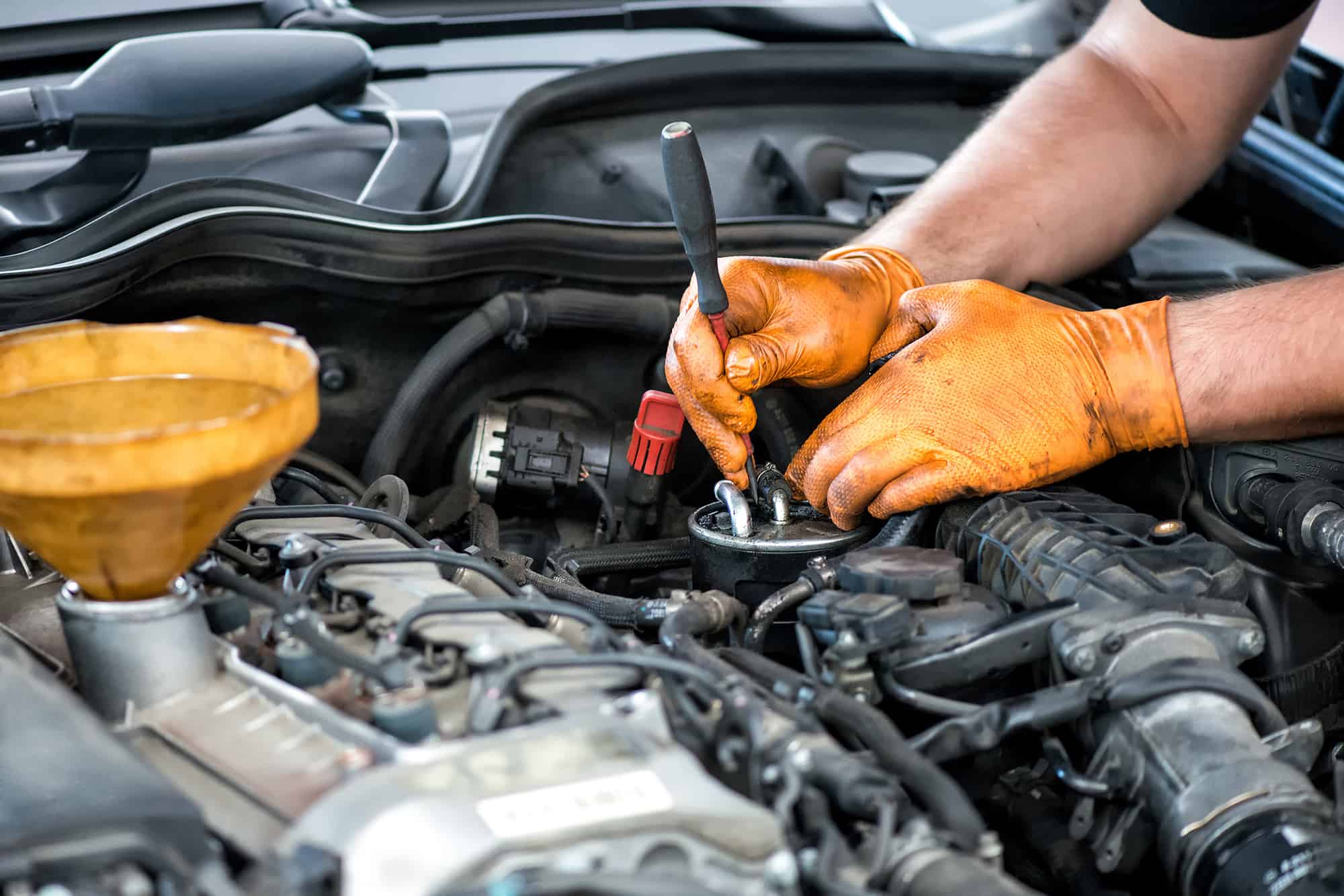Basic Winter Car Maintenance Tips
Basic Winter Car Maintenance Tips
Blog Article

What does one try to find when purchasing the ideal vehicle? When purchasing your future automobile, you 'd definitely expect to get the most out of your money's worth. That's a truth. Let's face it, a lot of automobile dealerships and automobile sales people only think of the commission they are going to get when you purchase the vehicle that they offered you. So it's only right that you as a purchaser take a significant quantity of time in choosing the best car that fits your lifestyle and your requirements. Preparations are absolutely essential when it concerns choosing, and understanding the benefits and drawbacks in vehicle purchasing is a must. Do not think twice to ask your pals if you are making the best choice, their recommendations and ideas may assist you in your cars and truck buying preparations.
There are various kinds of tires available for different driving conditions. When selecting the best tires for winter, you need to initially consider your requirements. The all-season tires are not usually effective throughout winter season where there are lots of snow and icy roads. For circumstances, there are winter tires with new tread patterns and rubber compounds that make them quieter on dry roads, and extremely reliable on icy roadways. Selecting the best winter season tires will assist you prevent slipping tyre maintenance off the roadway or other mishaps.
Low coolant level will trigger the engine to get too hot, which might cause serious damage to the engine. If the levels are in between "LOW" and "FULL" markings, then it's OK. If it's below the "LOW" marking, then naturally a replacement is required.
Many automated transmission systems, nowadays, have a check engine light or an OD light, which flashes if there is a problem with the engine. You will require to have the car maintainence inspected or identify if you can't comprehend the instruments problem code.
Flat tires and blowouts are a frequent cause of accidents. Sudden loss of tire pressure may result in swerving uncontrollably into oncoming traffic, barriers or other motorists. Before taking long journeys or driving in ice and snow, take the time to examine tire treads and pressure. The owner's handbook or a label inside the chauffeur's side door will note suggested pounds or kilograms. Inspect each tire for bald spots, punctures or missing stem caps.
Remove the wheel slowly and position it under the cars and trucks door nearest the wheel you are working on. You can never be mindful enough when dealing with a suspended car, in addition to the axle stands and jack you are utilizing, its always an excellent idea to have that wheel there, in case a malfunctioning axle stand, damaged jack etc lets you down and might result in the car falling! Taking these little yet extremely appropriate security steps are exceptionally needed.
To replace engine oil, select the item that's already inside your vehicle. Put in slowly allowing it time to settle. After you're done, replace the dipstick correctly.
Keep your battery clean and check it routinely to make sure that it is maintaining a correct charge. Allowing the battery to get filthy can be problematic.
Report this page